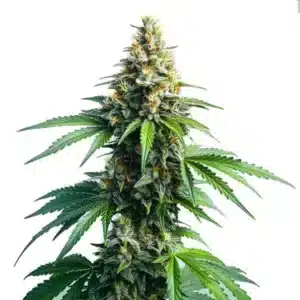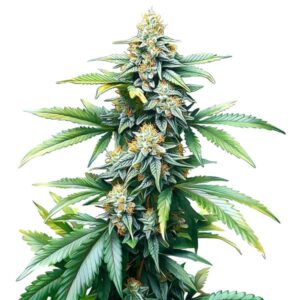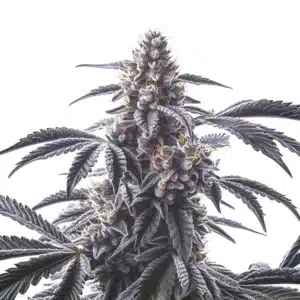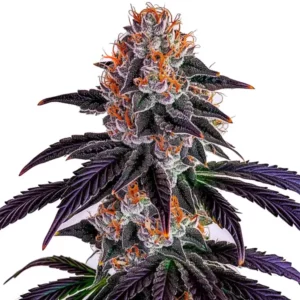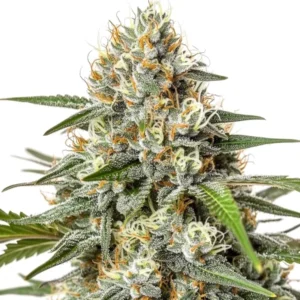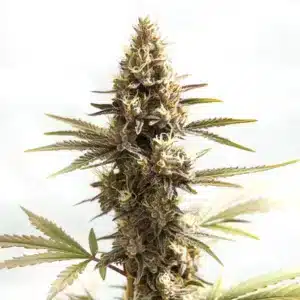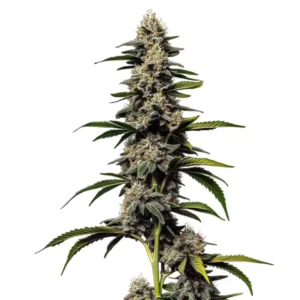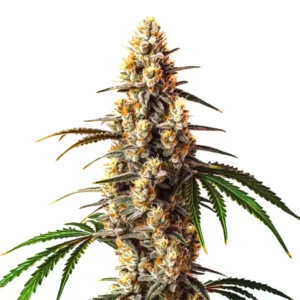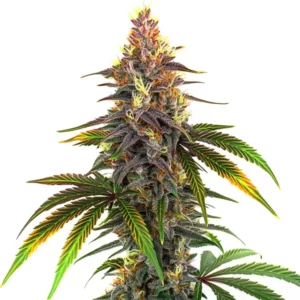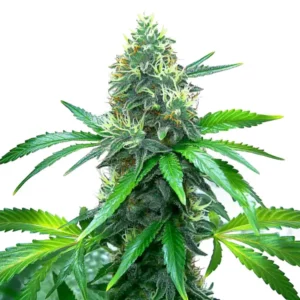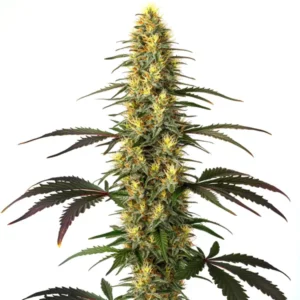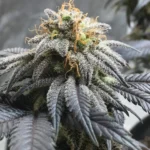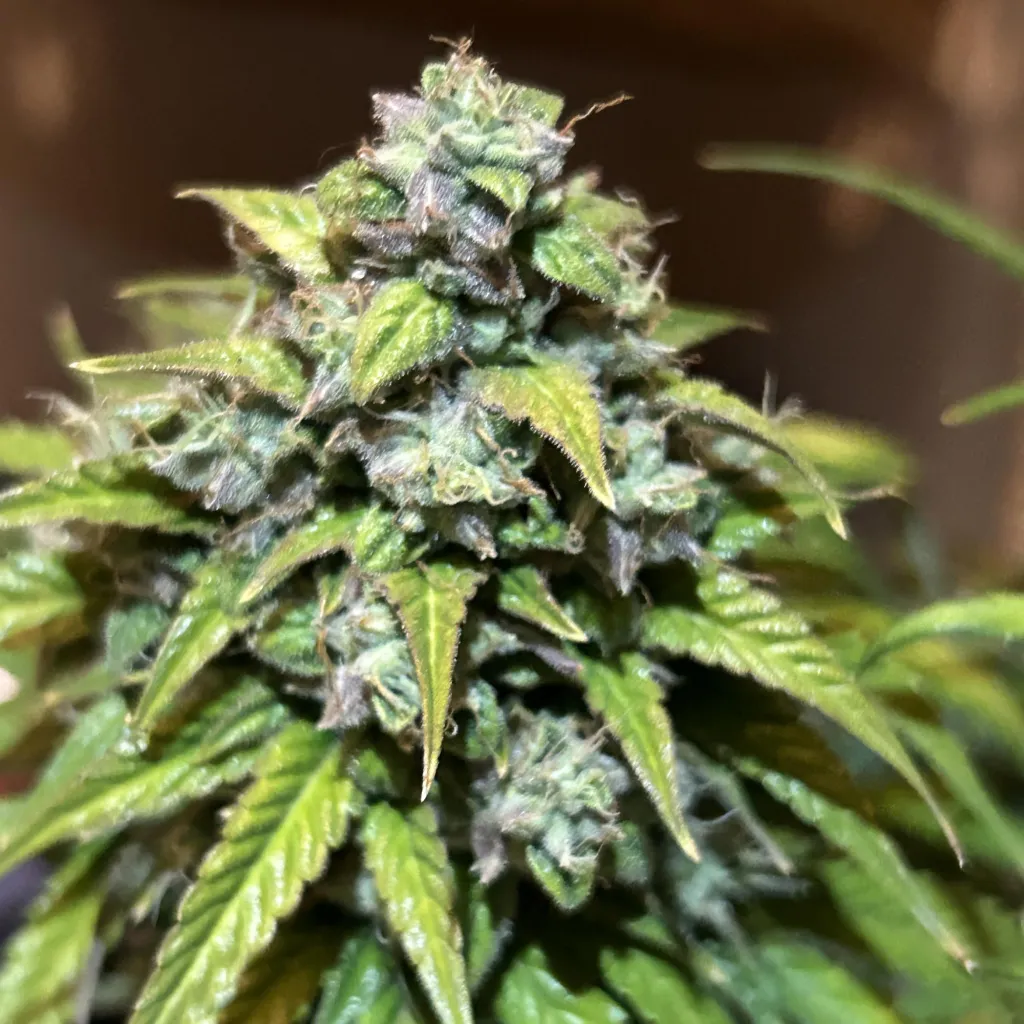
What is Kush Weed and Why It Matters?
Kush Weed: A Comprehensive Overview
Kush weed is a lineage that traces back to the Hindu Kush mountain range between Afghanistan, Pakistan, and India. Known for its potent effects and distinctive characteristics, it has earned a revered place in cannabis culture. Its unique history and genetic lineage contribute to its widespread popularity and the high regard in which it’s held by both recreational users and medical patients alike.
The Origins of Kush Weed: Where It All Began
The origins of this cannabis strain are found in the Hindu Kush mountains, a region famous for centuries of cultivation. The area’s harsh climate and high altitude produced resilient plants with dense buds, strong earthy aromas, and high resin production, making the original strains ideal for hash production. The natural environment of the Hindu Kush mountains played a crucial role in shaping the genetic traits that would make these strains so renowned.
Recommended Strains
Afghan Kush
|
|
THC | 16% - 21% (Medium) |
|
|
Type | Feminized |
|
|
Yield | Medium |
|
|
Phenotype | 90% Indica / 10% Sativa |
Afghan Kush Regular
|
|
THC | 18% - 22% (Medium) |
|
|
Type | Regular |
|
|
Yield | Low |
|
|
Phenotype | 90% Indica / 10% Sativa |
As cannabis culture spread globally, seeds from these plants found their way to other regions, leading to the development of various hybrids. These hybrids retained the robust characteristics of the original strains while adapting to new environments. The spread of Kush genetics across the globe has significantly influenced the modern cannabis market, making these strains a staple in both cultivation and consumption.
The Unique Characteristics of Kush Strains
What makes this cannabis strain stand out? The answer lies in its dense, chunky buds, often dark green with shades of purple, and a thick coating of trichomes, which indicate high cannabinoid content. This frosty appearance is a signature trait, signaling its potency and quality. The visual appeal of these strains, with vibrant colors and sparkling trichomes, is one of the many reasons they’re sought after by cannabis enthusiasts.
These strains also have a distinctively earthy and piney aroma, sometimes with hints of citrus or sweet, floral notes. This complex scent profile is due to the rich terpene content, particularly terpenes like myrcene, pinene, and limonene. These terpenes not only contribute to the aroma but also enhance the effects, creating a well-rounded and enjoyable experience.
Popular Kush Varieties and Their Effects
This strain family isn’t just a single strain; it includes a variety of strains, each offering unique effects and characteristics. Some of the most popular varieties include OG Kush, Bubba Kush, and Purple Kush, each of which embodies the classic traits that have made this cannabis strain so beloved in the community.
OG Kush is perhaps the most iconic, known for its balanced effects that combine a strong body high with a cerebral buzz. This strain is versatile, making it popular among both recreational and medicinal users. OG Kush is often used to relieve stress, anxiety, and chronic pain, offering a potent yet manageable high that appeals to a wide range of users.
Bubba Kush is another heavyweight in the family, celebrated for its deep, sedative effects. This strain is perfect for relaxation and sleep, providing a heavy body high that can help alleviate insomnia, muscle tension, and chronic pain. Bubba Kush’s rich flavor and smooth smoke make it a favorite among those seeking a calming and soothing cannabis experience.
Purple Kush stands out not only for its striking purple hues but also for its powerful, long-lasting effects. This pure indica strain is known for inducing deep relaxation and a sense of euphoria, making it ideal for nighttime use. Purple Kush is often recommended for users who need help with sleep or those looking to unwind completely after a long day.
Promos & Deals
The Cultural Significance of Kush Weed
This cannabis strain represents more than just potent cannabis; it symbolizes quality and tradition in cannabis culture. The name “Kush” is often associated with top-shelf cannabis, and its reputation has only grown stronger over time. But what is Kush weed’s cultural significance, and how did it become such an iconic name in the world of cannabis?
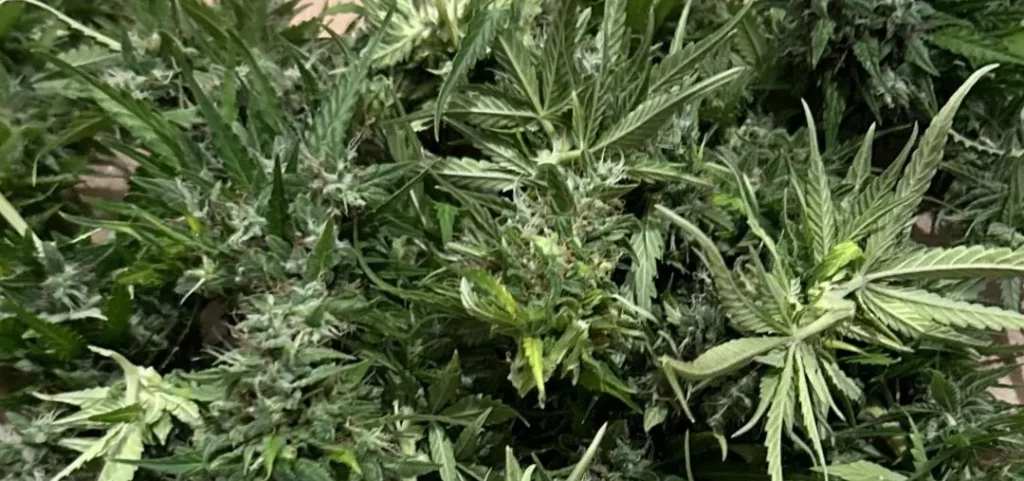
Kush in Cannabis Culture: A Legacy of Quality
In the world of cannabis, few names carry as much weight as “Kush.” The quality associated with this strain dates back to its origins in the Hindu Kush mountains, where cannabis plants were known for their resilience and potency. As these strains reached the West, they quickly gained a reputation for being among the strongest and most effective available, setting a high standard in the cannabis community.
The name “Kush” became synonymous with excellence, signifying that the weed in question was potent, flavorful, and reliable. For cannabis enthusiasts, understanding what is Kush weed includes recognizing its legacy as a mark of quality. Knowing how to identify this strain became a sign of expertise among cannabis aficionados, and this reputation continues to influence the market today.
How Kush Became a Global Cannabis Phenomenon
This strain’s rise from a regional strain to a global phenomenon highlights its unique qualities and appeal. As cannabis culture expanded and spread across the globe, these strains quickly gained popularity for their potent effects, distinctive flavors, and the overall experience they provide.
On the West Coast of the United States, Kush became especially popular, embraced by both medical and recreational cannabis communities. Its robust nature made it ideal for cultivation in various climates, contributing to its widespread popularity. The influence of Kush extends beyond its origins, shaping the cannabis industry and culture in significant ways.
Today, this cannabis strain is recognized and celebrated worldwide, with its impact seen in countless hybrids and new strains that continue to emerge. The global cannabis community has embraced Kush for its powerful effects and rich flavors, making it a staple in dispensaries and among growers everywhere.
The Influence of Kush on Modern Cannabis Breeding
The impact of this strain on modern cannabis breeding cannot be overstated. Its strong genetics have made it a cornerstone in developing many popular hybrids, often used to create new strains with enhanced potency, flavor, and resilience. When exploring what is Kush weed, it’s clear that its genetics have played a pivotal role in the evolution of cannabis.
Breeders value these strains for their stability and adaptability. The original genetics have proven to be highly reliable, allowing breeders to experiment with new combinations while maintaining the core qualities that make this strain so special.
From the legendary OG Kush to newer hybrids like Lemon Kush and Strawberry Kush, the influence of these strains is evident in the diversity and quality of modern cannabis. Whether you’re a seasoned cannabis connoisseur or a curious newcomer, understanding the impact of this strain on today’s cannabis landscape is essential for appreciating the richness and variety the plant has to offer.
The Effects and Benefits of Kush Weed
Kush weed is celebrated not only for its potency but also for its therapeutic benefits. Understanding what is Kush weed involves appreciating its impact on both mind and body, whether you’re looking to relax or seek relief from chronic conditions.

What to Expect When Smoking Kush Weed
When smoking this cannabis strain, you can expect a powerful, enveloping experience that engages both mind and body. Kush typically delivers a deep, full-bodied high that is mentally stimulating and physically relaxing, making it ideal for unwinding, de-stressing, or simply enjoying a peaceful evening.
The effects of this strain often last for hours, providing sustained relaxation and relief. This long-lasting effect is particularly beneficial for medical users who require consistent symptom management. Knowing what is Kush weed helps set the right expectations for your cannabis session, whether you’re looking for an intense body high or a balanced experience that combines physical and mental effects.
Therapeutic Uses of Kush Strains
Beyond recreational use, these strains are highly regarded for their therapeutic properties. The potent effects make them effective in treating a wide range of medical conditions. So, when asking, “what is Kush weed?” many also wonder, “how can it help me?” The answer lies in the diverse therapeutic benefits that these strains offer.
This strain is particularly effective for pain relief. Its strong body high can alleviate chronic pain, muscle tension, and inflammation, making it popular among patients with conditions like arthritis, fibromyalgia, and migraines. Additionally, the relaxing effects make it an excellent option for combating insomnia, helping users achieve restful sleep.
These strains are also known to reduce stress and anxiety, providing a calming effect that can quiet a racing mind. This makes them beneficial for those dealing with anxiety disorders or high stress levels. Some users also find that Kush weed improves mood and alleviates symptoms of depression, offering a natural way to enhance emotional well-being.
Why Kush Weed Is Preferred by Many Cannabis Users
This cannabis strain remains a favorite among cannabis users for its potent effects and versatility. When exploring what is Kush weed, it’s clear that its unique combination of potency, flavor, and reliability sets it apart from other strains.
The consistent quality, known for its high THC content and rich flavor profile, makes it a go-to strain for many users. Whether you’re looking to relax after a long day, manage medical symptoms, or simply enjoy a potent and flavorful cannabis experience, this strain delivers on all fronts.
Growing and Cultivating Kush Weed
Growing Kush weed offers a rewarding experience for those interested in cultivating their own cannabis. Known for its resilience and strong genetics, these strains are favorites among both novice and experienced growers. Understanding what is Kush weed in the context of cultivation involves learning how to care for these resilient plants to maximize their potential.
Tips for Growing Kush Weed at Home
Growing this strain at home can be fulfilling, especially when you see the fruits of your labor in the form of dense, resinous buds. Successful cultivation requires attention to detail and an understanding of the specific needs of Kush strains. With the right techniques, you can cultivate plants that rival the quality of top-shelf dispensary cannabis.
To cultivate Kush weed successfully, maintain a stable temperature between 65-80°F (18-26°C) and keep humidity levels low during the flowering stage to prevent mold and mildew. Kush plants thrive in environments where temperature, humidity, and light are carefully controlled, so investing in a good grow setup is essential for achieving the best results.
Providing plenty of light is crucial for Kush plants to produce dense, potent buds. Whether growing indoors or outdoors, ensure your plants receive sufficient light during the vegetative and flowering stages. Using high-quality grow lights or taking advantage of natural sunlight can make a significant difference in the quality and yield of your plants.
Watering your plants properly is also essential. These strains prefer consistent watering, but overwatering can lead to root rot, which can be detrimental to the health of your plants. Allow the soil to dry slightly between waterings to avoid this issue, and consider using a well-draining soil mix to maintain optimal moisture levels.
Climate and Soil Requirements for Kush Strains
Understanding the climate and soil requirements is essential for anyone serious about growing Kush weed. These strains are hardy and adapt to various environments, but they do best in conditions that mimic their native region in the Hindu Kush mountains. This means cooler temperatures and well-draining, nutrient-rich soil.
Kush plants prefer a slightly acidic soil pH level, around 6.0-6.5. Using a soil mix rich in organic matter provides the necessary nutrients for your plants to thrive. Adding compost, worm castings, or other organic amendments improves soil structure and fertility. If you’re growing indoors, consider using a soilless mix with added perlite or vermiculite to enhance drainage and aeration.
Outdoor growers should consider the natural climate of their region. Kush strains tolerate cooler temperatures better than some other cannabis varieties, making them a good choice for growers in temperate climates. However, they still need plenty of sunlight to produce a bountiful harvest. Planting in a location that receives at least 6-8 hours of direct sunlight per day is ideal.
Common Challenges in Cultivating Kush Weed
While growing Kush weed can be highly rewarding, it comes with challenges. One common issue growers face is the risk of mold and mildew, especially in high humidity. Kush plants have dense buds that can trap moisture, creating ideal conditions for mold. Prevent this by maintaining good air circulation and keeping humidity levels low during flowering.
Nutrient management presents another challenge. Kush strains are heavy feeders, but overfeeding can lead to nutrient burn, where leaf tips turn brown and crispy. To avoid this, start with a lower concentration of nutrients and gradually increase as your plants grow. Monitoring soil and water pH levels is also important, as imbalances can cause nutrient lockout, preventing plants from absorbing essential nutrients.
Pest control is another consideration when growing Kush weed. Common pests like spider mites, aphids, and whiteflies can damage your plants if left unchecked. Regularly inspect your plants for signs of infestation and use organic pest control methods like neem oil or insecticidal soap to keep pests at bay. Maintaining a clean growing environment also reduces the risk of pest problems.
Finally, curing is critical to achieving high-quality Kush weed. After harvesting, dry and cure the buds properly to develop their full flavor and potency. Dry buds slowly in a dark, well-ventilated space, then place them in airtight containers to cure for several weeks.

How to Identify High-Quality Kush Weed
Identifying high-quality Kush weed is essential for ensuring a top-notch experience. Recognizing the best Kush involves examining its visual appearance, aroma, and overall quality to make informed decisions.
Visual and Aromatic Signs of Quality Kush
High-quality Kush weed is visually striking and aromatic, with dense, well-formed buds covered in a thick layer of trichomes. The trichomes should be abundant, giving the buds a frosty appearance that signals high potency. The colors of the buds can range from deep green to shades of purple, depending on the specific strain, with vibrant orange or red pistils adding to the visual appeal.
The aroma of quality Kush weed should be strong and complex, with earthy, piney scents that are often accompanied by hints of citrus or sweetness. When you break open a Kush bud, the robust aroma should fill the room, indicating freshness and quality. A faint or musty smell could suggest poor curing or storage, which can negatively impact the flavor and potency.
How spray Terpenes Influence the Flavor of Kush
spray Terpenes play a significant role in the flavor and scent profile of Kush weed. These aromatic compounds are responsible for the distinct smells and tastes of different cannabis strains. In Kush, common terpenes like myrcene, limonene, and pinene each contribute distinct notes to the flavor, enhancing the overall smoking experience.
Myrcene is often responsible for the earthy and musky undertones in Kush weed. This terpene is also known for its sedative effects, which complement the relaxing properties of Kush strains. A high myrcene content can make the smoke smoother and more enjoyable, adding depth to the flavor profile.
Limonene adds a citrusy, refreshing note to the mix. It’s a terpene commonly associated with uplifting and mood-enhancing effects. When present in Kush weed, limonene can balance out the earthiness with a hint of brightness, making the overall flavor more complex and layered.
Pinene contributes a sharp, pine-like aroma that’s often found in Kush strains. This terpene not only adds to the earthy flavor but also has anti-inflammatory properties, making it a beneficial component in therapeutic Kush strains. The presence of pinene can enhance the clarity of the high, preventing it from becoming too sedative or overwhelming.
Purchasing Tips: Finding the Best Kush on the Market
Finding high-quality Kush weed on the market requires a bit of knowledge and careful selection. Whether you’re buying from a dispensary or a trusted supplier, knowing what to look for can ensure you’re getting the best product available.
First, consider the reputation of the dispensary or supplier. Well-established dispensaries with positive reviews are more likely to carry top-shelf Kush strains. Don’t hesitate to ask the budtender about the strain’s origin, terpene profile, and THC content. A knowledgeable budtender can provide valuable information that helps you make an informed choice.
Examine the buds closely before purchasing. Look for the visual signs of quality discussed earlier—dense buds, vibrant colors, and a thick layer of trichomes. The aroma should be strong and inviting, not faint or off-putting. If possible, ask to smell the buds before buying; a good scent is often a strong indicator of freshness and quality.
Price can also be a factor, but it’s not always the best indicator of quality. While top-shelf Kush weed may come at a premium, some reasonably priced options can also offer excellent quality. Look for deals or discounts at reputable dispensaries, but be wary of prices that seem too good to be true, as they may indicate lower quality.
Finally, trust your experience. If you’ve enjoyed a particular Kush strain before, use that knowledge to guide your future purchases. Personal experience is one of the best tools for identifying quality weed. Over time, you’ll develop a preference for certain strains and qualities, making it easier to find the best Kush on the market.


